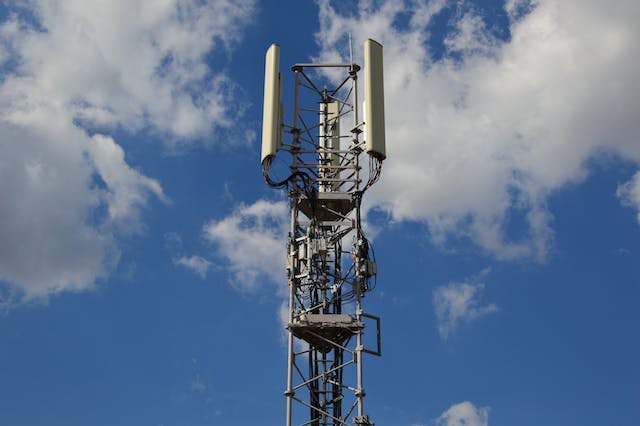The advent of 5G technology has ushered in a new era of connectivity, promising faster data speeds, lower latency, and improved network performance. Behind the scenes, microwave cable assemblies play a crucial role in the deployment and operation of 5G infrastructure. In this article, we will explore the indispensable role of microwave cable assemblies in the 5G network landscape.
1. Connecting 5G Base Stations
One of the primary applications of microwave cable assemblies in 5G is connecting base stations to the core network. These cable assemblies are responsible for transmitting high-frequency signals between the base station's antenna arrays and the central processing units. The demand for low-loss and high-frequency microwave cables is paramount in ensuring efficient data transmission and maintaining the quality of 5G services.
2. Backhaul Connectivity
5G networks require an extensive network of backhaul connections to transport data between base stations and core networks. Microwave cable assemblies are instrumental in establishing these connections. Point-to-point microwave links use microwave cables to transmit data over long distances, allowing 5G networks to extend their reach even in remote areas where fiber optic cables may not be feasible.
3. Small Cell Deployments
Small cell technology is a critical component of 5G networks, enabling the deployment of 5G services in urban areas with high population density. Microwave cable assemblies play a pivotal role in connecting small cells to the larger 5G network infrastructure. These assemblies are designed to be compact, flexible, and capable of handling high-frequency signals, making them essential for the seamless operation of small cells.
4. Maintaining Low Latency
5G technology places a premium on low latency, which is crucial for applications like autonomous vehicles, telemedicine, and augmented reality. Microwave cable assemblies, when designed with low-loss dielectrics and high-quality connectors, contribute to maintaining low latency by efficiently transmitting signals with minimal delay. This is essential for real-time data processing in 5G applications.
5. Future-Proofing 5G Networks
The 5G landscape is continuously evolving, and microwave cable technology must keep pace. Manufacturers are investing in research and development to create microwave cable assemblies capable of supporting even higher frequencies and data rates. These future-proof assemblies ensure that 5G networks remain adaptable to emerging technologies and evolving user demands.
As 5G technology continues to roll out across the globe, the importance of microwave cable assemblies in supporting this network infrastructure cannot be overstated. These cable assemblies are the invisible backbone of 5G, connecting base stations, enabling backhaul connectivity, facilitating small cell deployments, and ensuring low latency, all while keeping an eye on the future. The reliability and performance of microwave cable assemblies are central to the success of 5G networks, enabling the world to embrace the potential of this transformative technology.


No comments yet